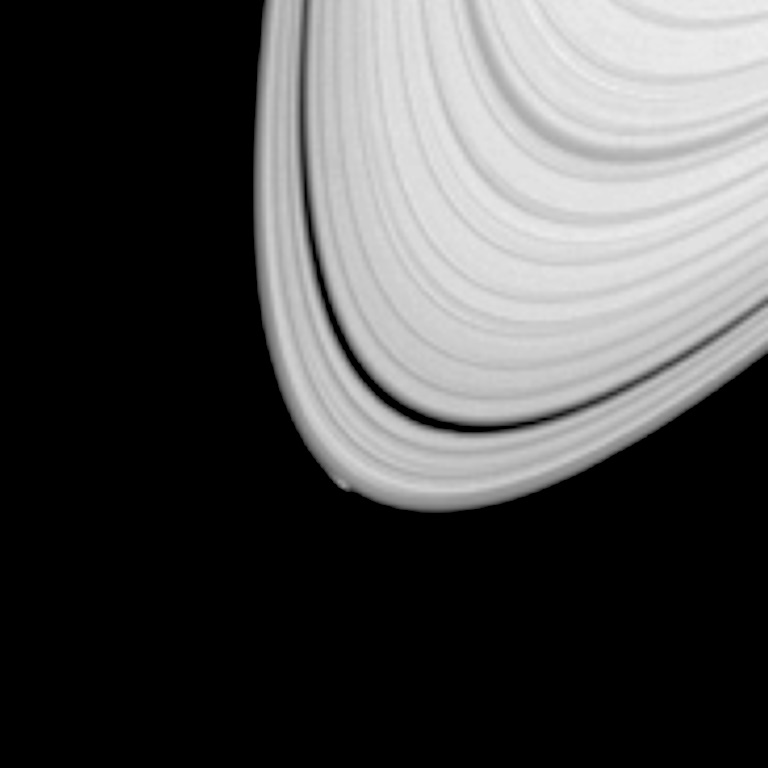Year: 2014
Congratulations Rosetta, Shame About The Science…
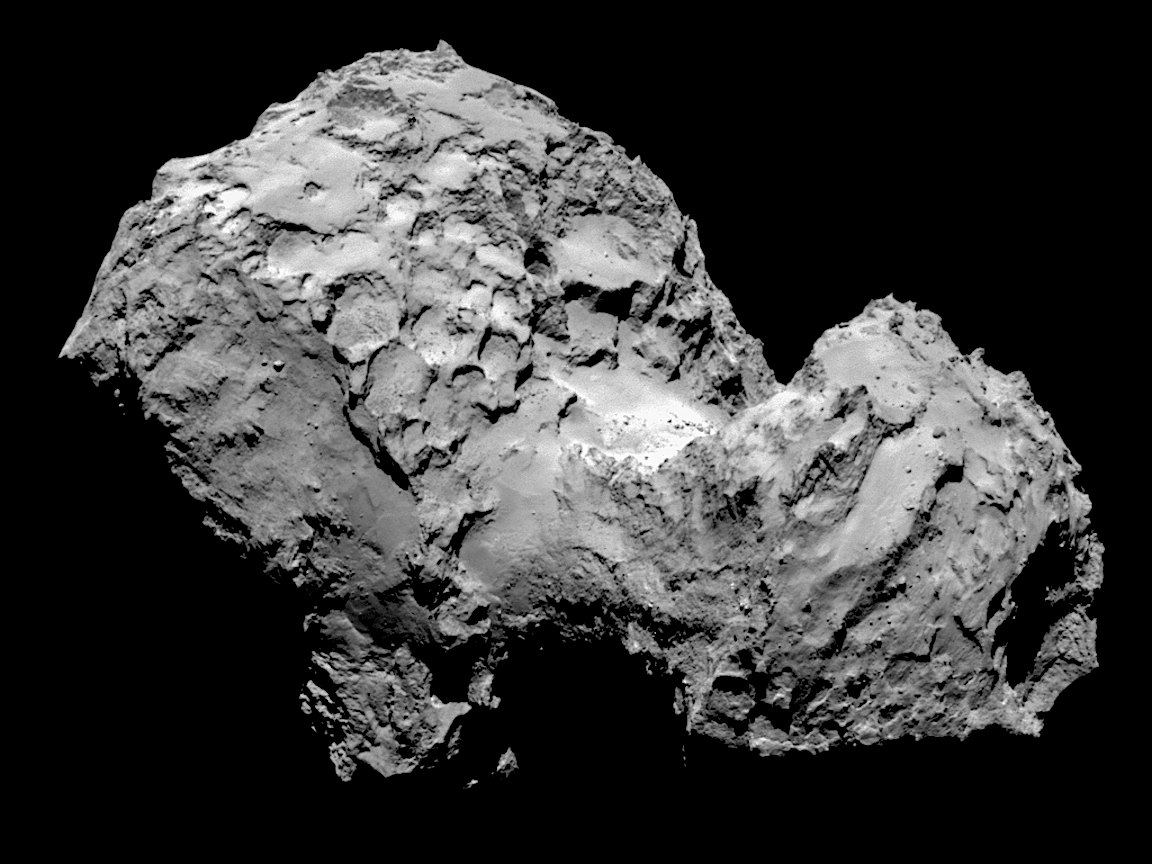
Congratulations Rosetta, Shame About The Science… By Wal Thornhill Congratulations to the team responsible for the success of the Rosetta mission to comet 67 P Churyumov-Gerasimenko (henceforth 67 P). However, it’s a shame that scientists misled the engineers with their cherished story of icy comets, which resulted in an inappropriate design…
The Mother of Aeneas
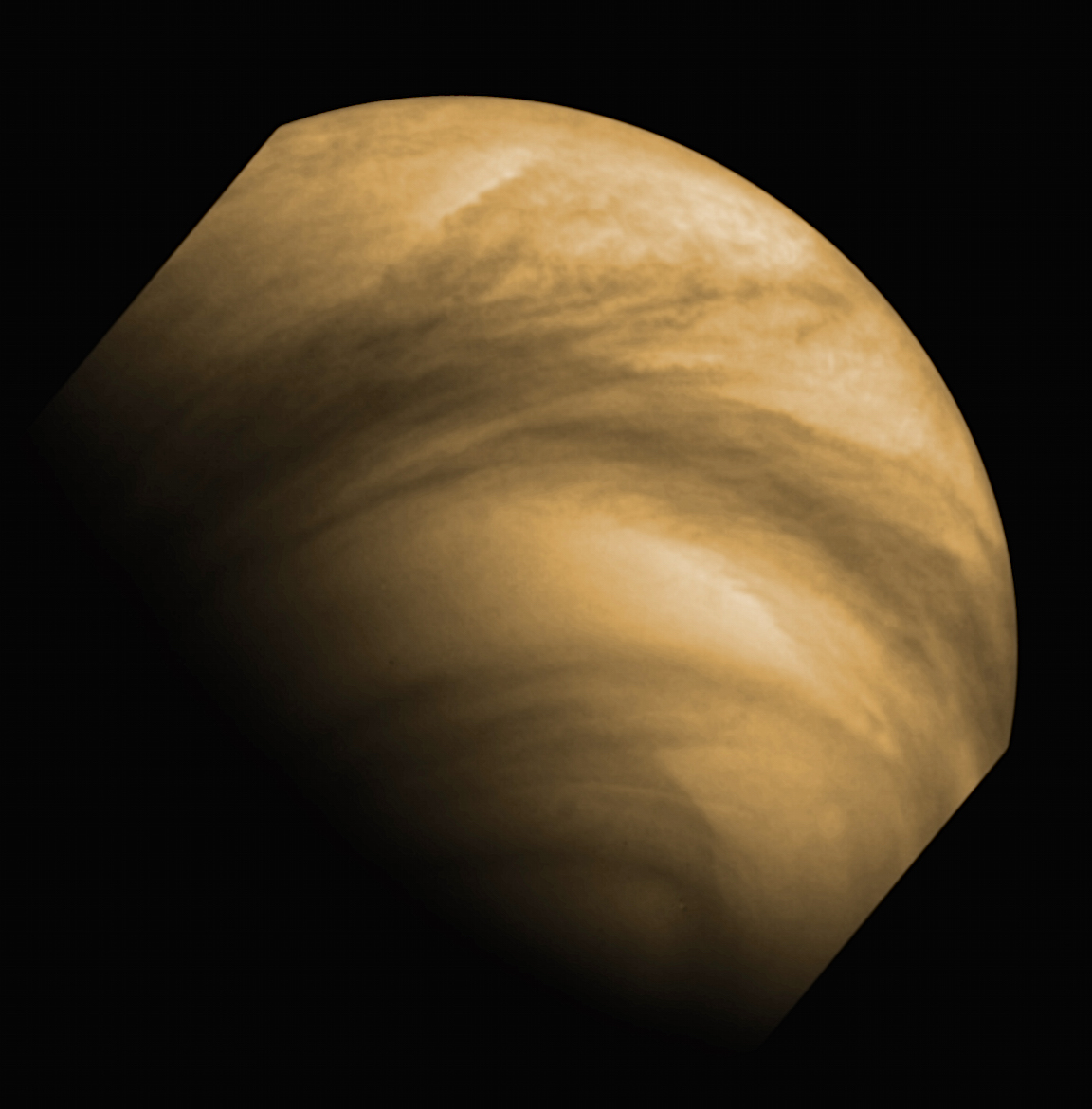
Dec 15, 2014 Venus is like other rocky bodies in the Solar System: electrically active. The European Space Agency’s (ESA) Venus Express is approaching the end of its mission. Launched from Baikonur Cosmodrome in Kazakhstan on November 9, 2005 the spacecraft entered orbit around Venus on April 11, 2006….
Rosetta Mission Update | Comets May Not Be What We Thought
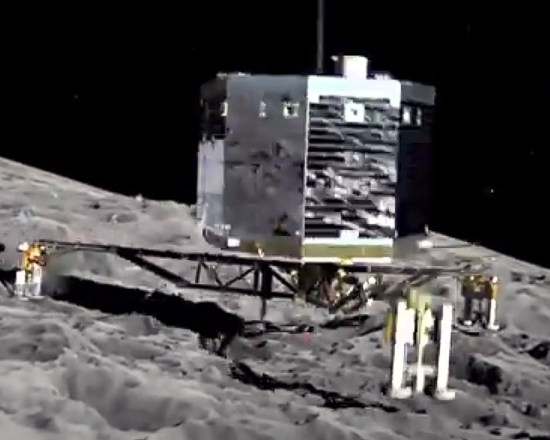
The Comet 67P/Churyumov-Gerasimenko. Perhaps the strangest solar system object ever observed up close in the course of the space age. It was the target of the Rosetta probe, whose 10-year journey began in March 2004, under the sponsorship of the European Space Agency. The probe is now orbiting the nucleus…
Wal Thornhill: Breaking News | EU Workshop
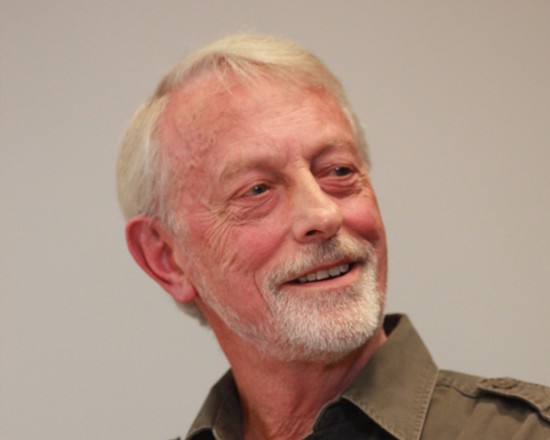
Wal Thornhill presents his opening talk on the first night of the EU Workshop November 14, 2014, Phoenix, Arizona,including a segment on the descent of the Philae lander from the Rosetta probe. More than any other individual, Wal Thornhill has given the EU movement its emphasis on direct observation…
Rosetta Mission Update | The Rocky Comet
Chain of Fire
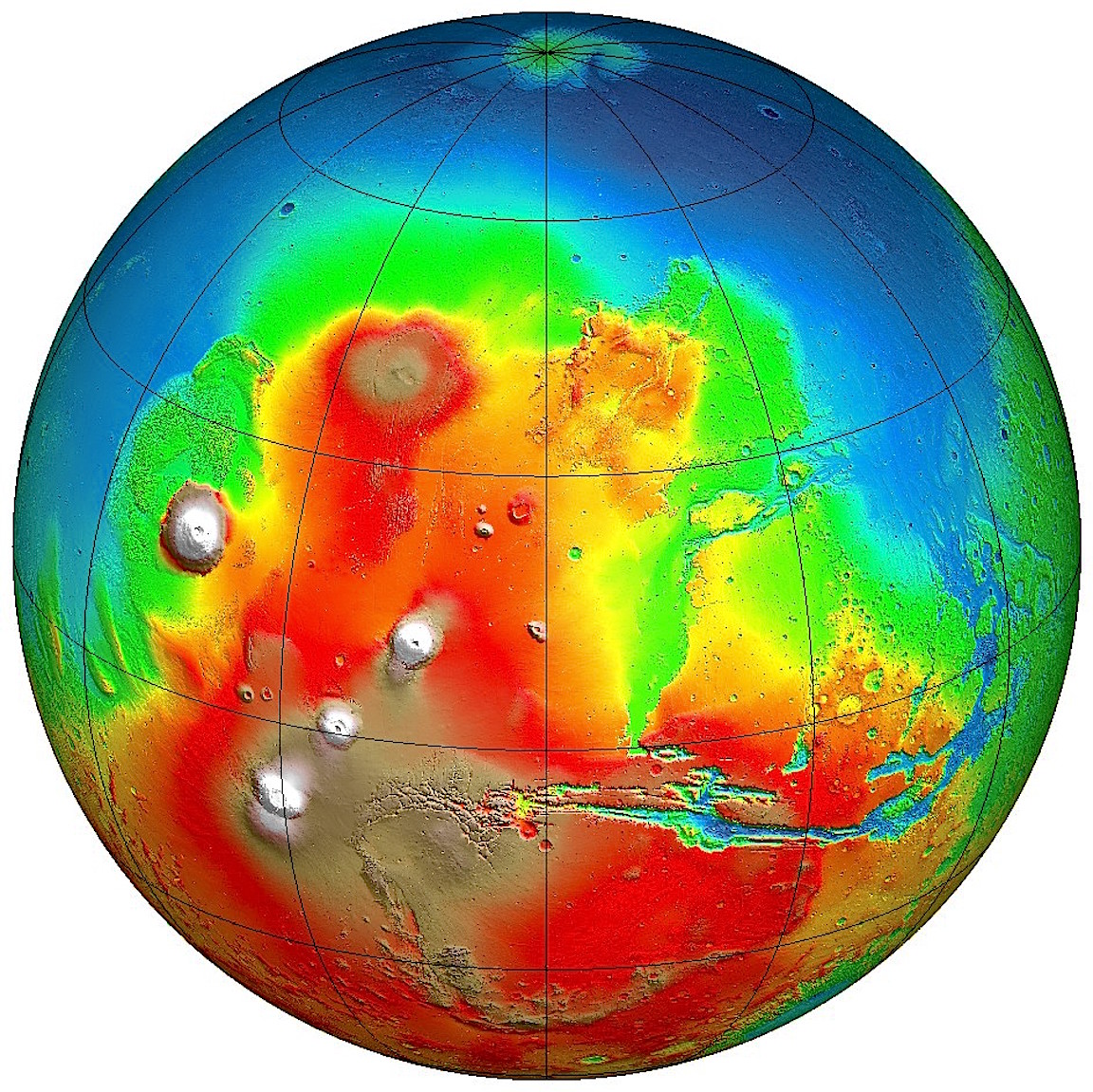
Dec 12, 2014 Since Mars has no crustal plates, why are volcanoes found in chains? According to conventional theories, volcanoes on Earth form when the plates that make up the Earth’s crust move over upwelling magma plumes. Magma naturally seeks out the weakest areas in the confining strata, allowing…
A Ring, A Ring O’Roses
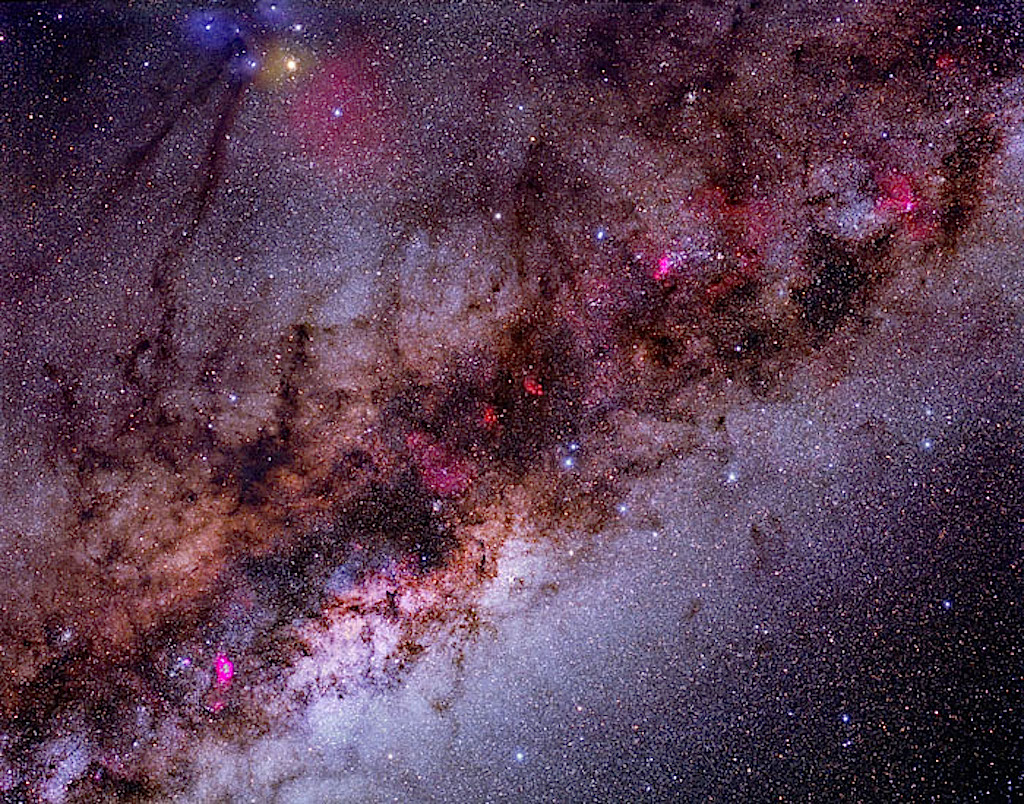
Dec 10, 2014 A ring of gas is said to be orbiting the center of our galaxy. Previous Pictures of the Day, discuss the active nucleus in galaxy Centaurus A, The conclusion was that active galaxies display characteristic axial jets and transverse, donut-shaped plasma discharges. According to information from…
Cosmic Lightning
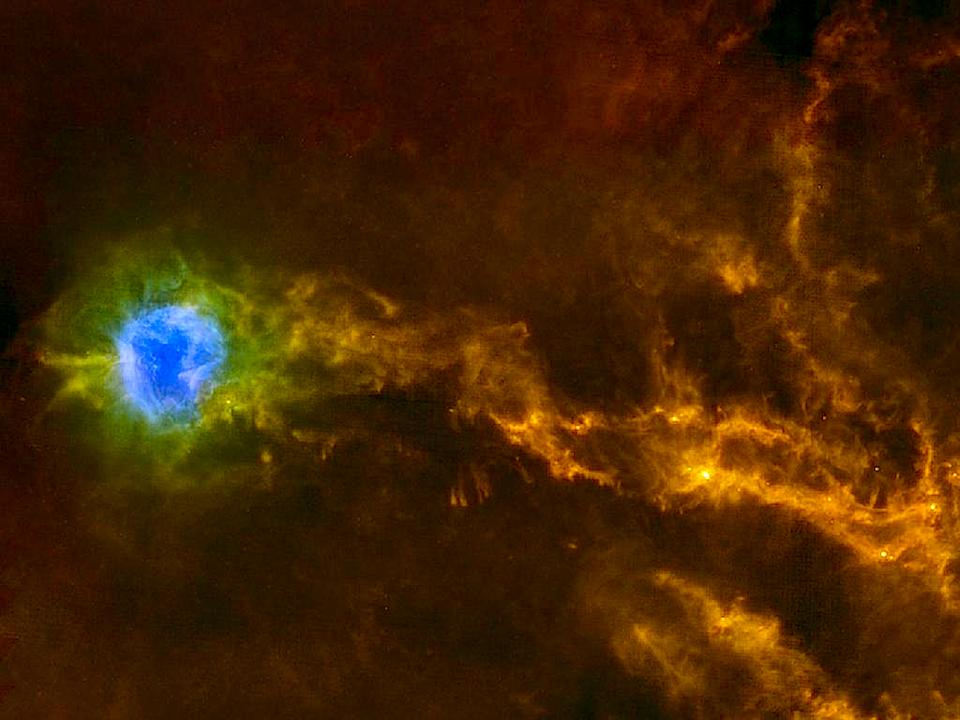
Dec 09, 2014 Many fast, high energy phenomena could be due to something astronomers do not expect. Some things are familiar, even though they are not easily explained. The aurorae at each of Earth’s poles are familiar to most people, although the way they form is not completely understood. Similarly,…
The Daughter of Lycaon
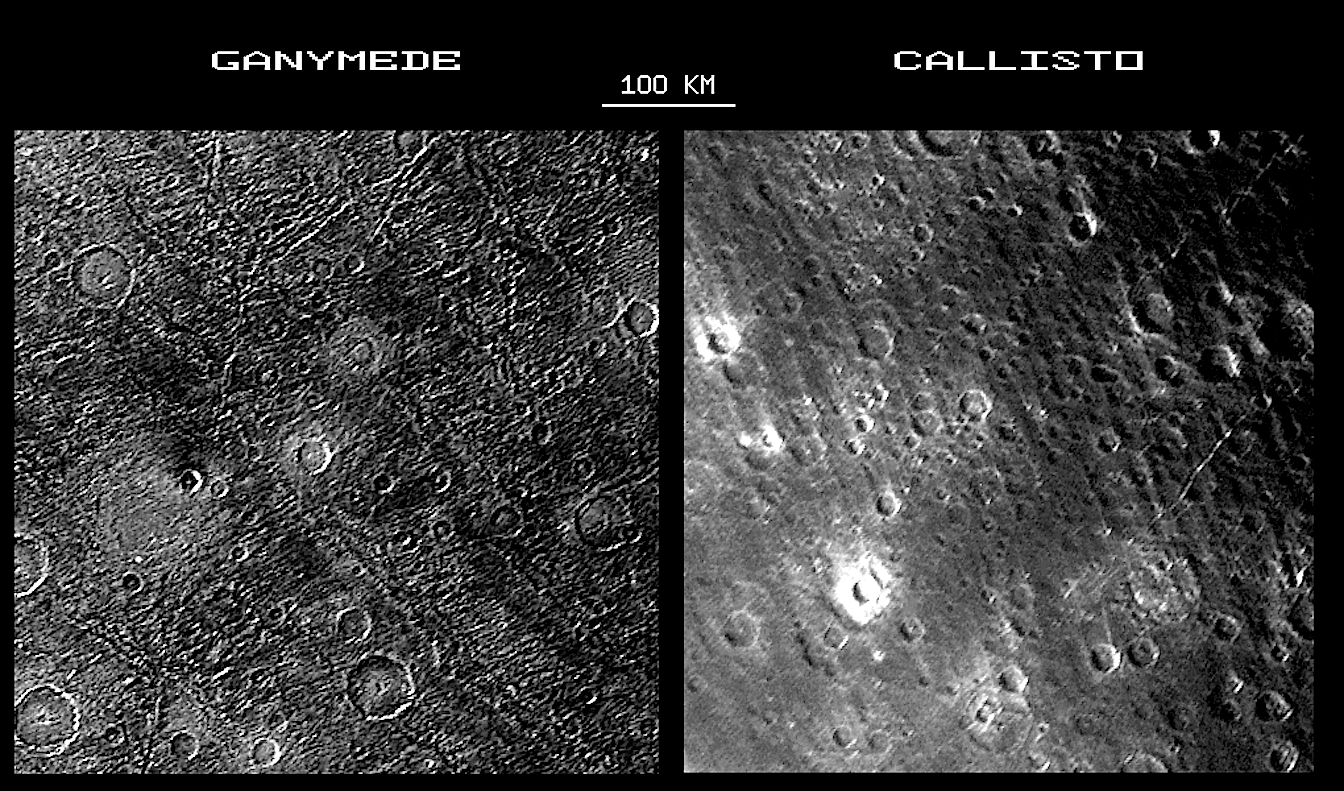
Dec 8, 2014 Callisto resembles other electrically shocked bodies in the Solar System. The Galileo spacecraft was launched October 18, 1989 after a delay lasting several years, while NASA underwent a management and procedures overhaul following the Challenger space shuttle explosion. On September 21, 2003, Galileo’s mission ended when…





